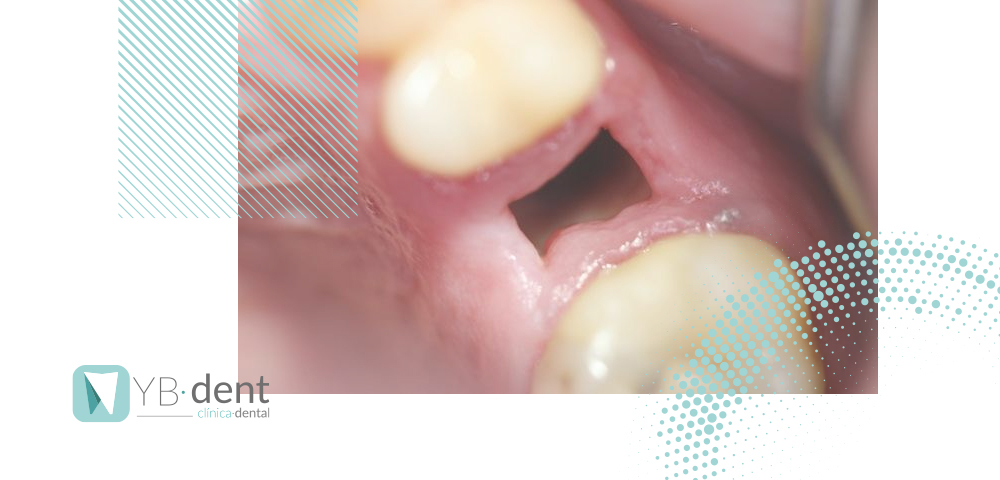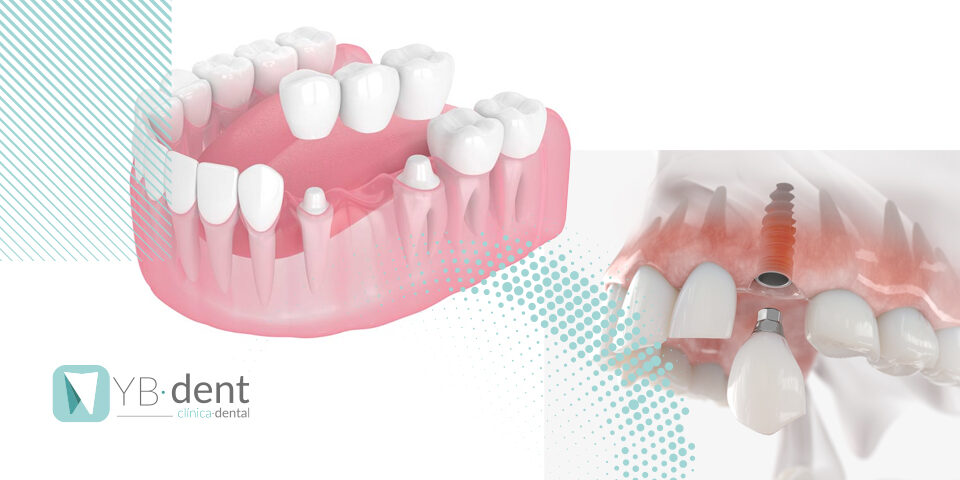Qué es la alveolitis seca y cómo tratarla

El miedo al dentista es algo muy común en la población, aunque es necesario y nos puede ahorrar muchos dolores y problemas más serios. Pero seguramente, estos miedos vienen derivados de los horribles dolores que pueden llegar a ocasionar dolencias en nuestra boca.
Hoy vamos a hablar de uno de estos dolores, que en este caso puede ocasionarse por una complicación tras la extracción de alguna pieza dental. En este post te resolveremos todas tus dudas sobre la Alveolitis seca.
Qué es la alveolitis seca
La alveolitis seca es una complicación postoperatoria, tras la extracción de una pieza dental. La complicación viene cuando el coágulo de sangre que se queda cubriendo el hueso como protección de este, no consigue deshacerse o se desplaza. Esta complicación es muy frecuente y causa mucho dolor en el punto de la extracción y alrededor, ya que en el hueso se encuentran las terminaciones nerviosas del diente y esta complicación extiende el dolor alrededor del nervio.
La sangre coagulada que se queda en el diente facilita la curación y queda como protección del hueso, por lo que tras una extracción este coágulo es normal y necesario. El problema viene cuando nuestro cuerpo no es capaz de absorber esta sangre.
El dolor viene cuando este coágulo que no se ha podido eliminar genera una inflamación, al añadirse restos de alimentos y las bacterias derivadas de estos. El dolor empieza a notarse de unos 3 a 6 días después de la intervención. Por lo que deberías acudir a un especialista para revisarlo y ponerle remedio lo más rápido posible.
Causas de la alveolitis seca
Aunque no está comprobado al cien por cien las causas de la alveolitis seca, si se ha comprobado que algunas causas que pueden afectar, como las bacterias causadas por una deficiente higiene en la zona. Después de una intervención esta zona se ha de tratar con mucho más cuidado y aumentar su higiene notablemente, es por eso que si se llega a descuidar, los restos de comida pueden ser uno de los causantes.
Cuál es el tratamiento de la alveolitis seca
Lo primero que tienes que hacer si notas después de una intervención un dolor intenso es consultar con tu dentista, ellos se encargarán de darte los medicamentos pertinentes para aliviar el dolor y conseguir que la intervención se cure sin problemas.
Pero de todos modos te dejamos algún consejo casero para aliviar el dolor e intentar disminuir el problema.
– Paños fríos y calientes en la zona exterior para calmar la inflamación y aliviar el dolor. Los paños fríos, se recomiendan justamente después de la intervención para ayudar a activar la presión sanguínea y ayudar con la recuperación. Los calientes, se recomiendan para aliviar el dolor y reducir la inflamación.
– Bebe mucha agua y evita las bebidas excesivamente frías o calientes, así como la cafeína o bebidas carbonatadas (como por ejemplo las bebidas con cola).
– Los primeros días se recomienda evitar masticar sobre todo por la zona afectada por lo que es mejor seguir una dieta blanda o basada en líquidos.
– La limpieza, como decíamos antes la limpieza es esencial y debemos procurar intensificarla en la zona después de la intervención.
– Tu dentista te aconsejará los medicamentos adecuados para tu caso. En farmacias te pueden recomendar algunos medicamentos, pero normalmente los accesibles sin receta no conseguirán curar adecuadamente el problema.
¿Cómo prevenir la alveolitis seca?
La alveolitis seca no tiene demasiadas indicaciones para prevenirla, pero puedes tener en cuenta alguna de estas recomendaciones que debería de saber tu dentista también para que te ayude con las recomendaciones post intervención:
– Evita el tabaco, se recomienda que dejes de fumar antes de la intervención y durante el proceso de cicatrización.
– Avisa si tomas anticonceptivos orales. Los medicamentos anticonceptivos contienen estrógenos y pueden modificar los procesos de cicatrización del cuerpo.
– Avisa a tu dentista si has tenido alguna infección, o alguna alveolitis seca anterior a la intervención.
– Busca un buen profesional, esta recomendación es muy importante. El dejarse aconsejar por un buen profesional hará que tu recuperación sea exitosa.
En nuestra clínica te podemos aconsejar sobre las mejores opciones y recomendaciones de la post intervención para evitar problemas. No dudes en llamarnos.



